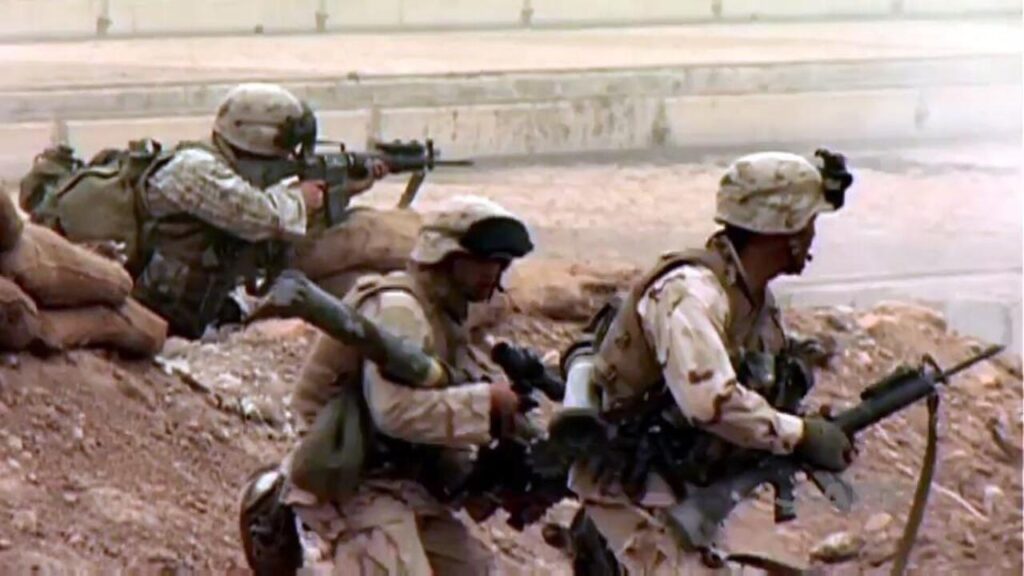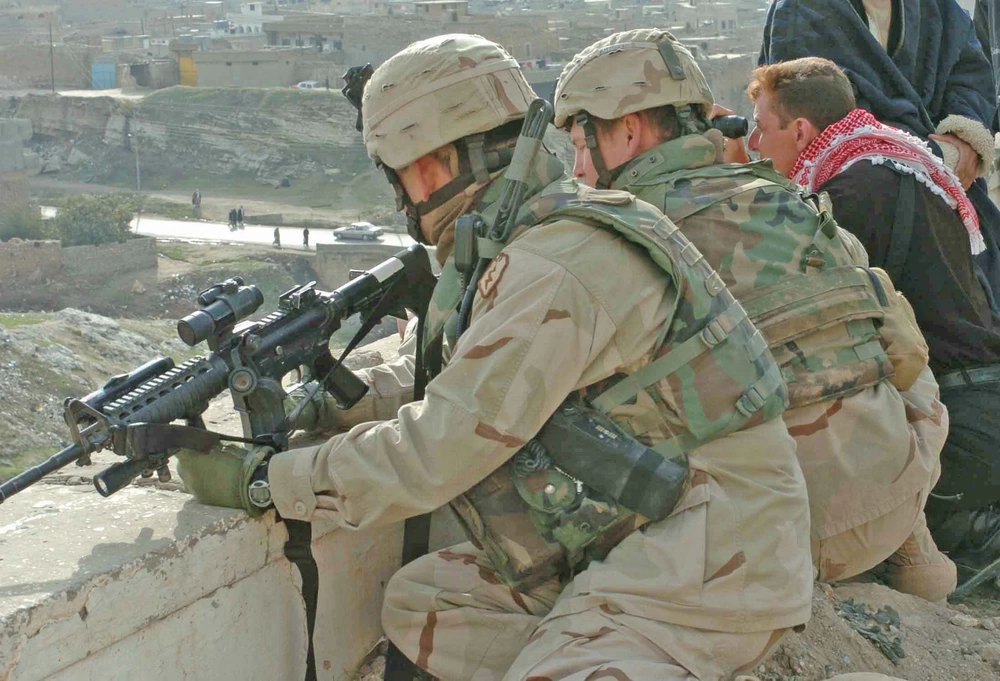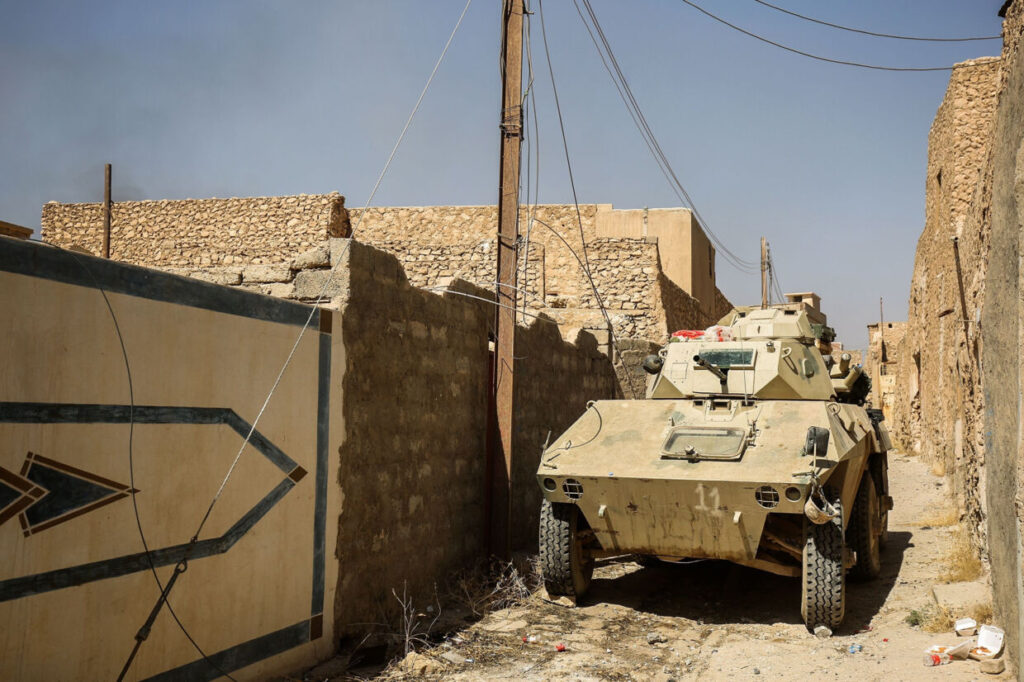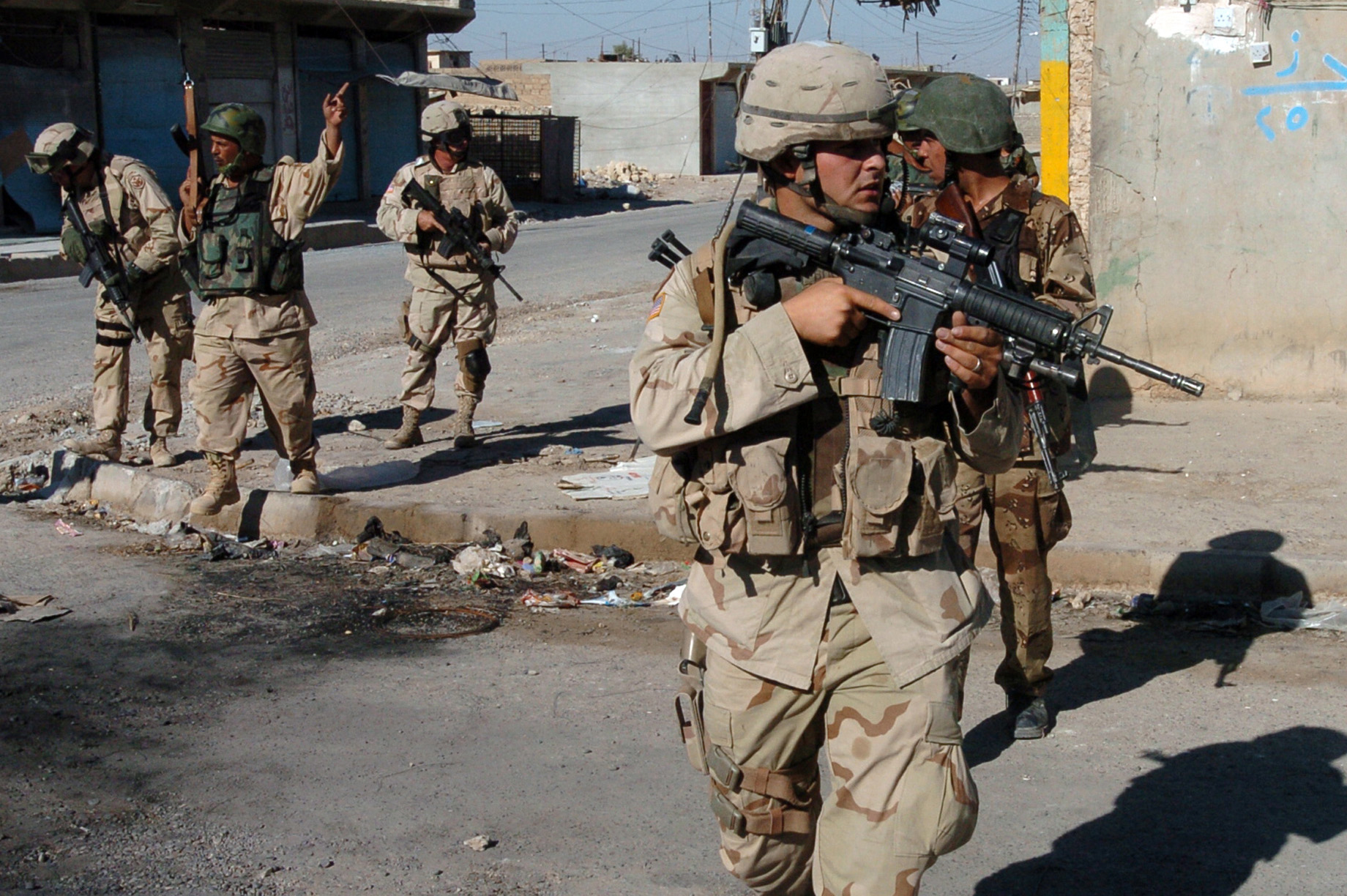In 2005, Al-Qaida in Iraq was the budding offshoot of Osama bin Laden’s notorious terror organization. It would later become notorious worldwide, as AQI was the forerunner of what would eventually evolve into the Islamic State, spreading death and destruction across large swathes of Syria and Iraq. During the Iraq War, however, the group was just getting started.

The Battle of Tal Afar Began With a Bold Assault
Al-Qaida in Iraq controlled the Iraqi city of Tal Afar, a town filled with insurgents and holding a critical position near the country’s border with Syria. From Tal Afar, foreign mujahedin fighters and suicide bombers could cross into Iraq to wage war against American and Coalition troops. Due to its strategic importance, the city was reinforced by a massive number of insurgent fighters, a number that is still not fully known today.
On Sept. 1, 2005, the U.S. 3rd Armored Cavalry Regiment, elements of the 82nd Airborne Division, and two brigades of the New Iraqi Army’s 3rd Division, under the command of Col. H.R. McMaster, launched Operation Restore Rights, an assault to clear the city and prevent any more terrorist fighters from crossing the border there.
The first step was securing the city. The 3rd Armored Cavalry Regiment and Iraqi Army established a cordon around Tal Afar. Using lessons learned from the battles for Fallujah the previous year, McMaster established a rapport with the local leadership and population, then created a corridor for evacuating civilians, which would allow him to bring artillery and helicopters to bear while minimizing civilian casualties.

The Battle of Tal Afar Saw Fierce Street Combat
Engaging with the locals also had the added benefit of providing him with intelligence about the insurgent groups he was fighting. Using this information, McMaster was able to conduct raids on enemy leadership with surgical precision, allowing the U.S. to disrupt the enemy’s command and control.
As he raided the enemy leadership, American and Iraqi forces cleared Tal Afar, neighborhood by neighborhood and house-to-house, clearing al-Qaida strongholds with sector-based sweeps. Isolating the city also prevented the enemy from getting reinforcements or supplies.
Coalition troops not only fought dangerous street fights with terrorists in Tal Afar, but also fought off massive counterattacks, made up of hundreds of insurgents. These huge, coordinated attacks had to be fought off with Abrams tanks and Bradley Fighting Vehicles. Heavy fighting lasted two days, but it would take 17 days to complete the operation.

The bloodiest moments of the battle came in clearing Tal Afar’s Sarai District, a dense series of labyrinthine streets only a few feet wide. Homes were multi-story, connected by interior courtyards, and often had holes smashed in walls and rooftops for movement and ambush. Most importantly, it was defended by thousands of al-Qaida fighters, and the Bradleys could not navigate its streets.
Just like the city itself, Sarai was isolated, and a corridor was secured for fleeing civilians. Each block had to be cleared by infantry, often clearing clusters of houses at a time to catch enemy fighters slipping through mouse holes. Insurgents rigged houses to collapse, set improvised explosive devices, and, when cornered, fought to the death.

The nights were filled with American and AQI snipers in a constant battle, as Army infantry fought insurgents in small rooms, filled with automatic weapons, grenades, and booby traps. To top it all off, American soldiers burned through ammunition, and resupply in Sarai very nearly required an operation of its own.
After two weeks, Sarai went from a terror fortress to a functioning city. Like Sarai, once a neighborhood was cleared, a combat post was set up every few blocks to keep the troops among the population. Civil affairs teams coordinated humanitarian aid as local police officers trained with the embedded units.
The Battle of Tal Afar Became a Counterinsurgency Model
Although the al-Qaida leader in Tal Afar, Abu Ibrahim al-Hashimi al-Qurashi, escaped (and would later become the second Caliph of the Islamic State), the battle for Tal Afar was a rare, lasting success for the Coalition in 2005. It was also an important milestone in the Iraq War for several reasons. It was a textbook counterinsurgency operation.
McMaster focused on the population by minimizing collateral damage and restoring services and security once Tal Afar was under control. Lessons learned at Tal Afar would inform the 2007 “surge,” when the “clear, hold, build” strategy was implemented across Iraq.
Read About Other Battlefield Chronicles
If you enjoyed learning about the The Battle of Tal Afar, we invite you to read about other battlefield chronicles on our blog. You will also find military book reviews, veterans’ service reflections, famous military units and more on the TogetherWeServed.com blog. If you are a veteran, find your military buddies, view historic boot camp photos, build a printable military service plaque, and more on TogetherWeServed.com today.

0 Comments